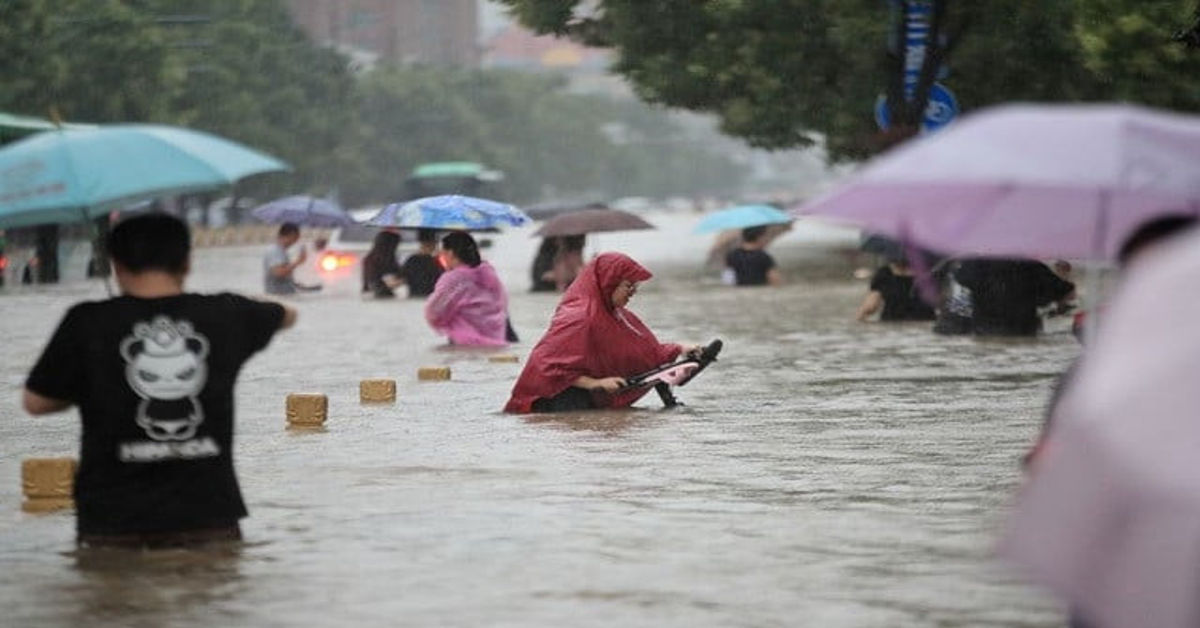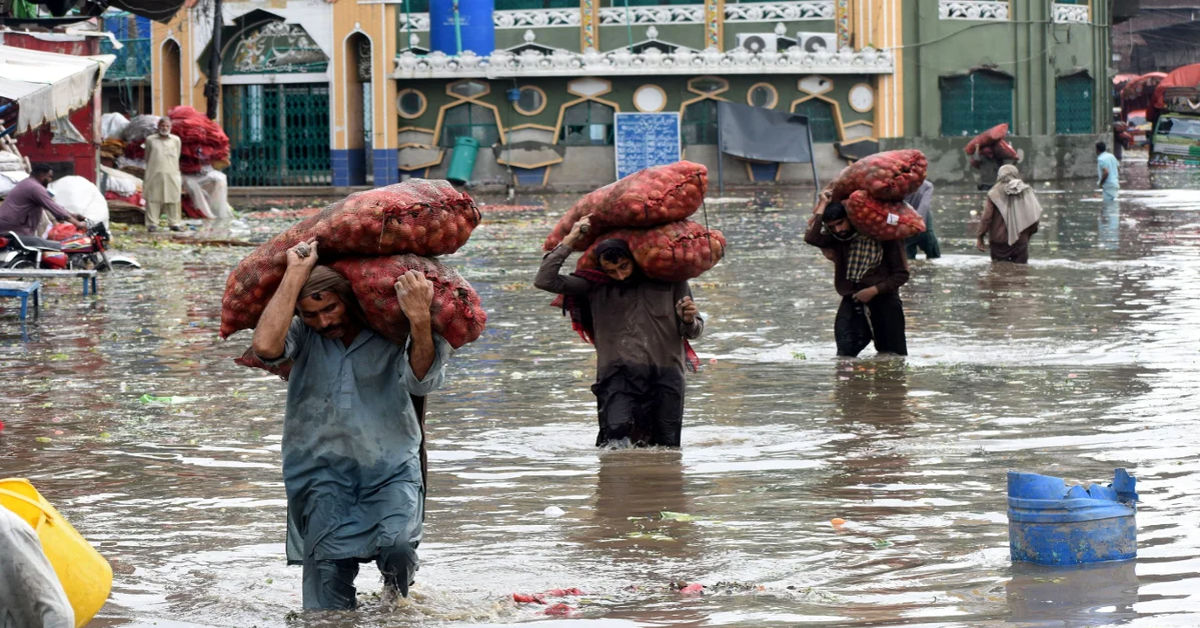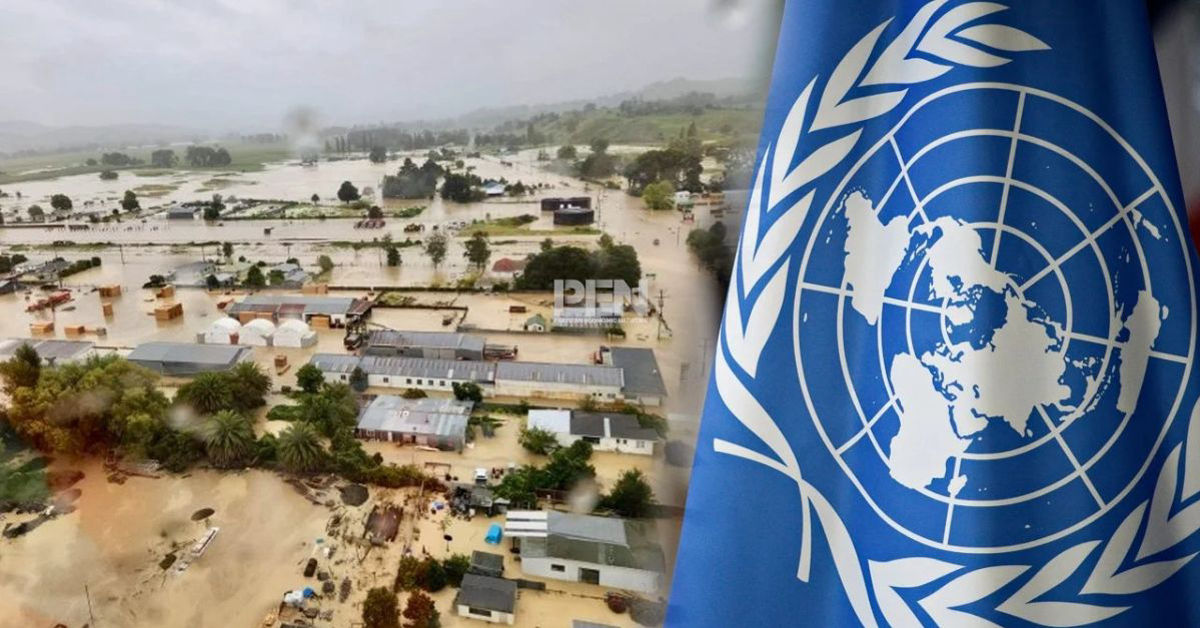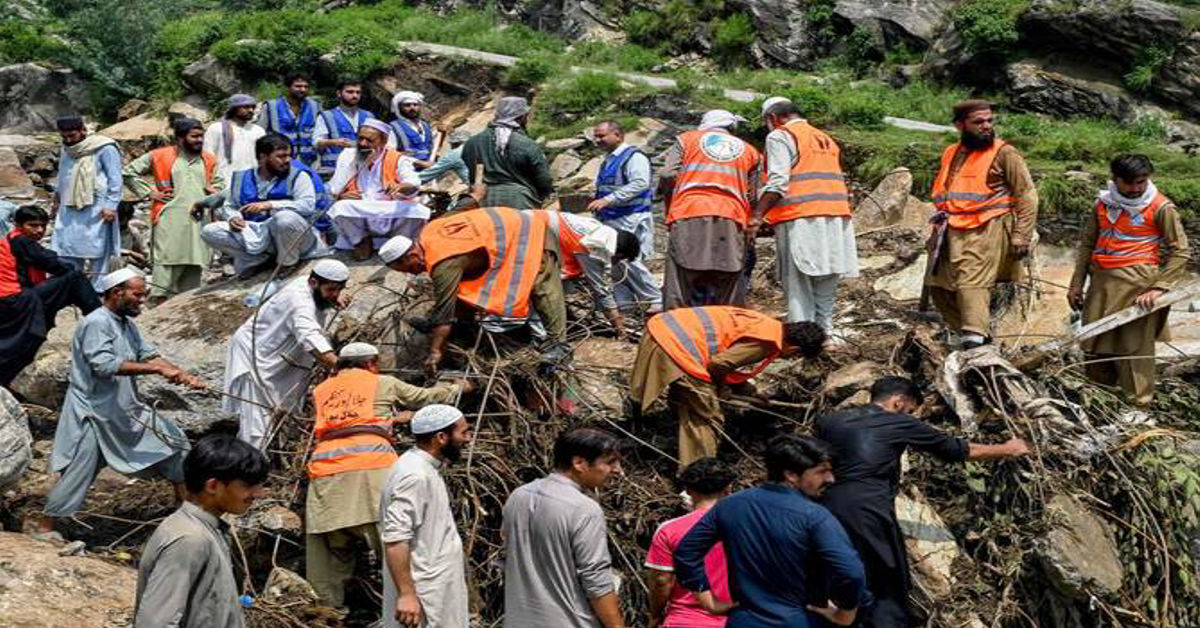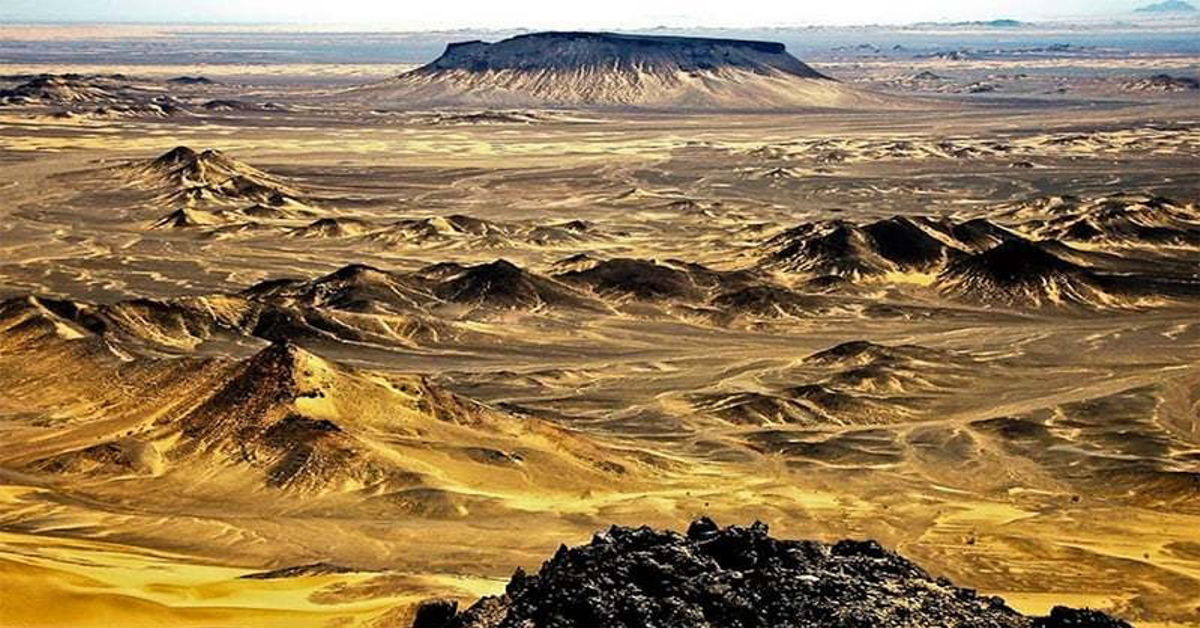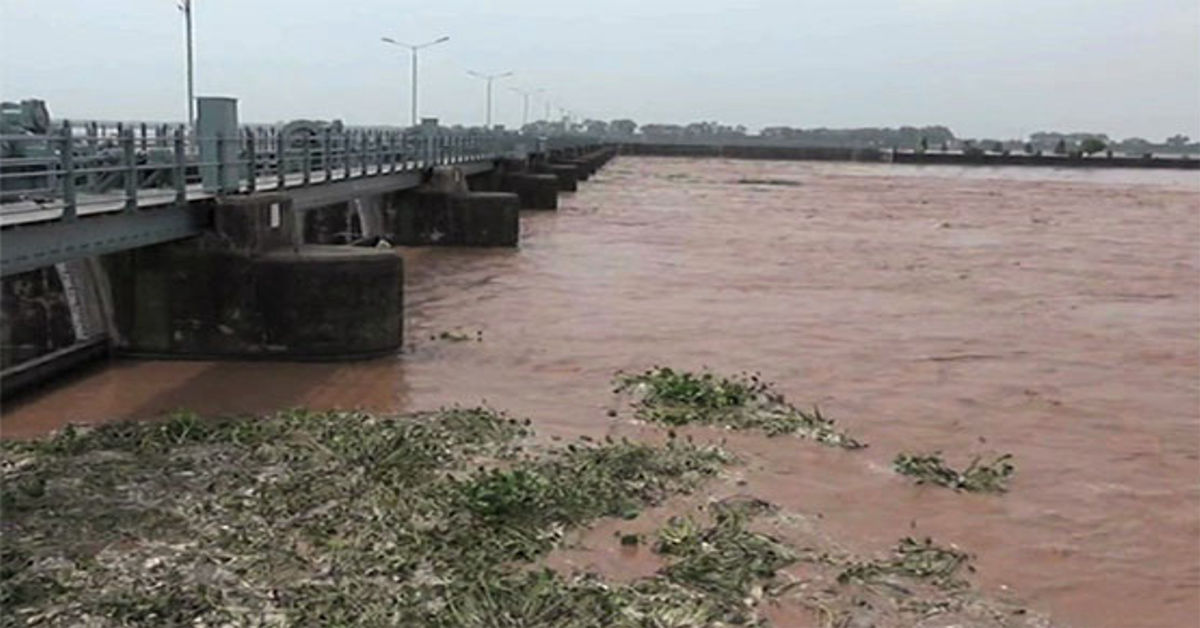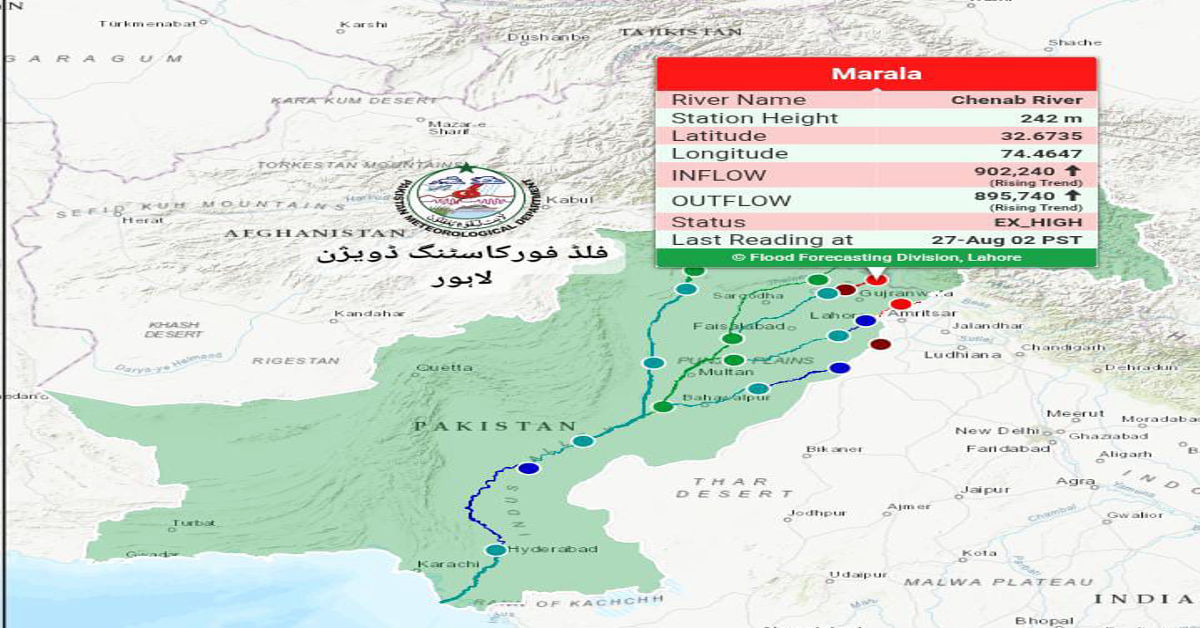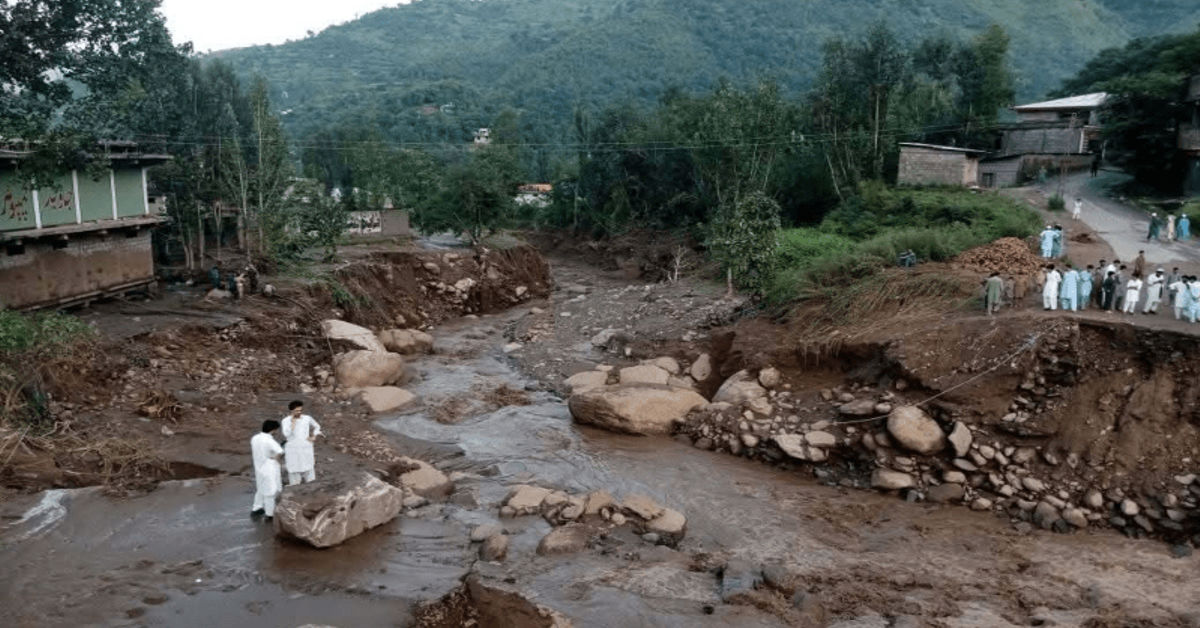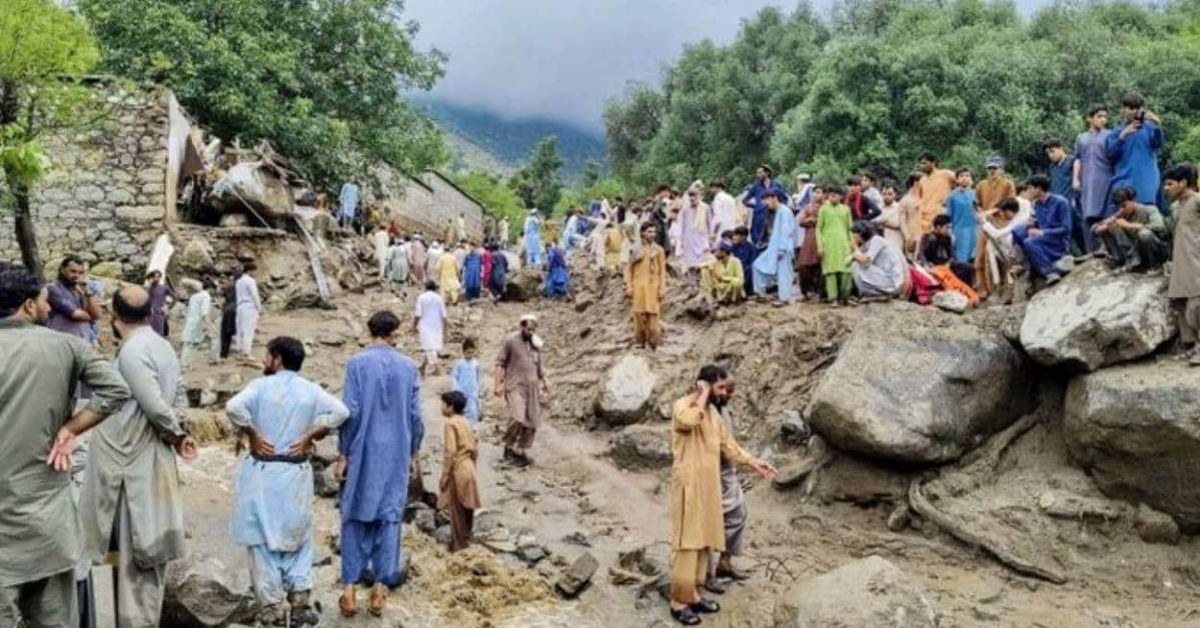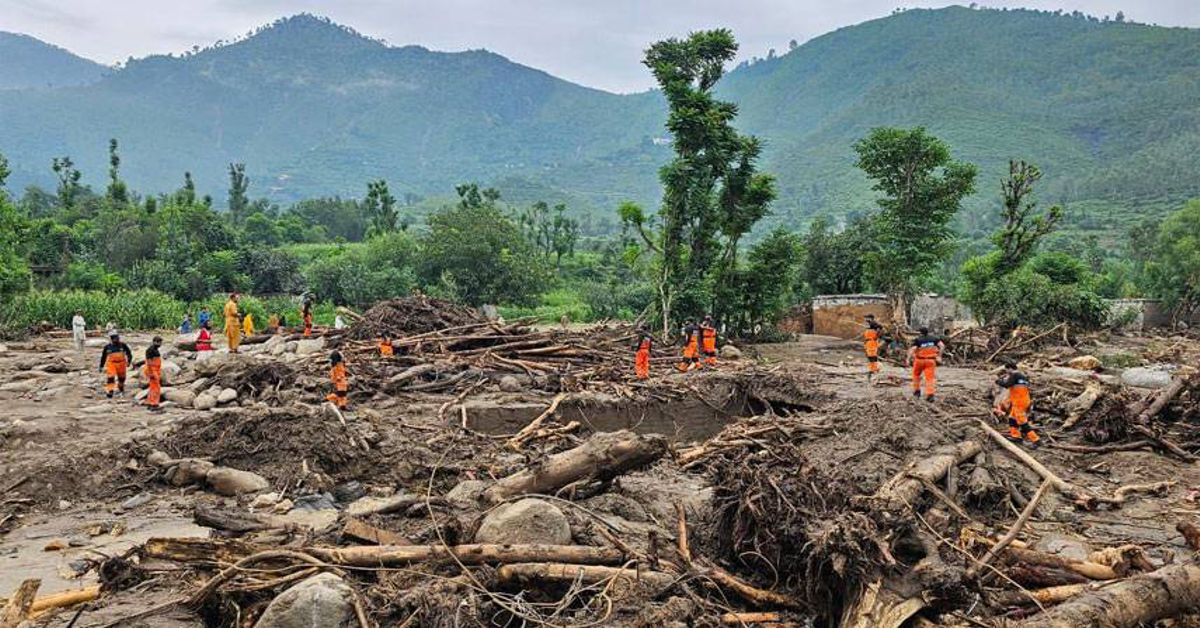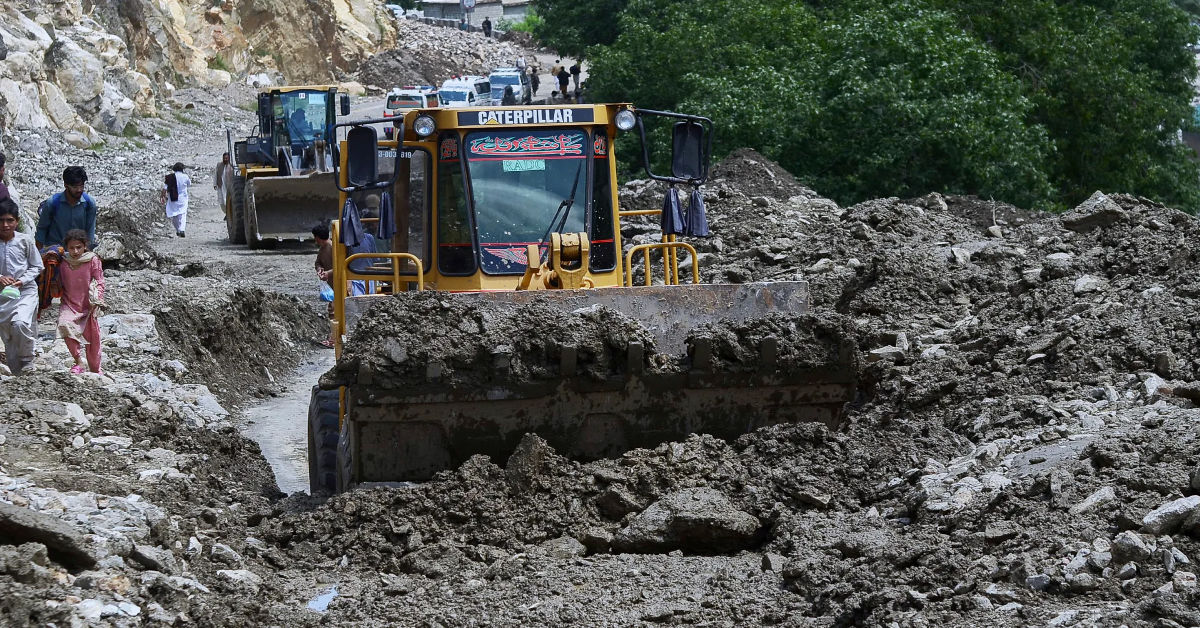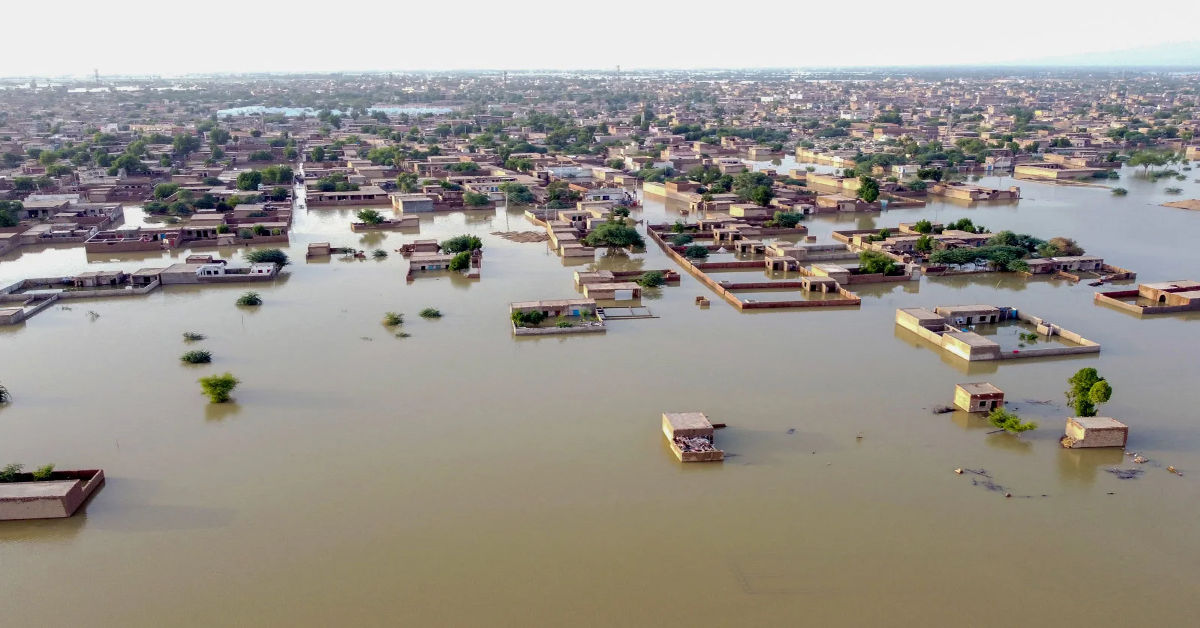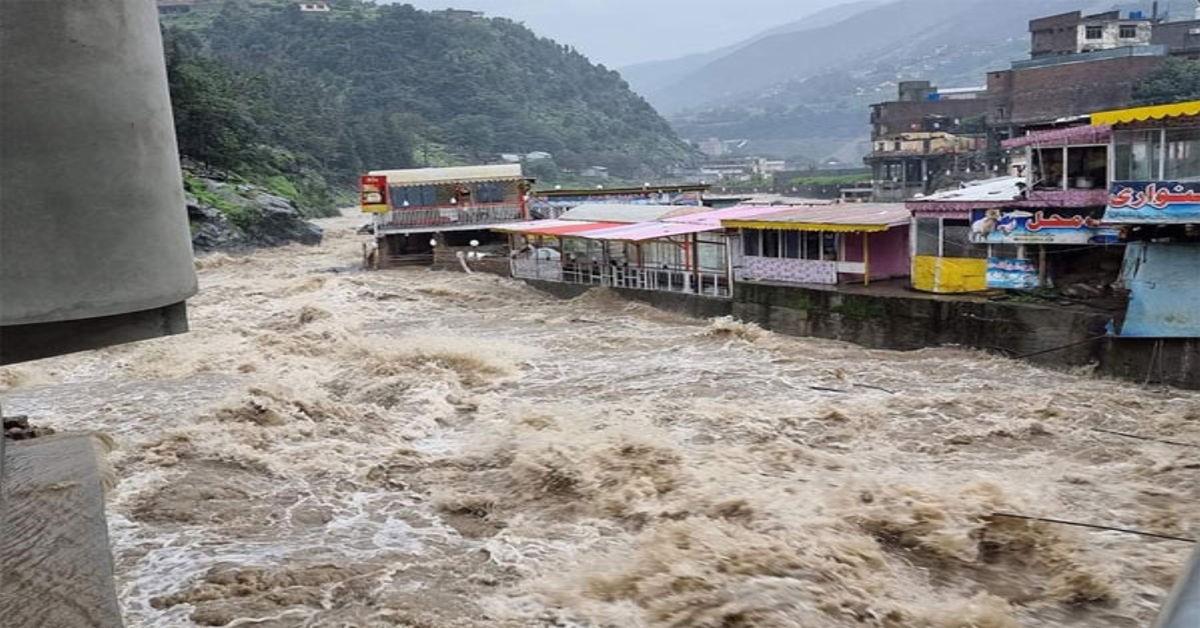
Global climate monitoring agencies have pointed May 2025 as the second-warmest May on record. The mean temperature of the world surface reached nearly 1.5 o C above the pre-industrial time a crucial limit set in the Paris Treaty. The scientists blame this continuing warm pattern to the buildup of greenhouse gases in the atmosphere of the earth that is mostly composed of carbon dioxide and methane. This May was only warmer than this one, just one year ago in 2024, showing a speeding up trend. The new normal is what was earlier viewed as an outlier. The above discoveries have set off alarm bells among climatologists, policy-makers and environmentalists the world over.
Heatwaves Around the World
The May heat was not isolated but was experienced in a wide expanse of areas, making challenges associated with climate worse. Heatwaves were nasty in South Asia, where temperatures exceeded 45C in some areas of India and Pakistan. There were heat surges in early summer in Europe, and in the southeastern United States. An extended period of hot weather and widening drought areas were experienced. All these regional occurrences are the direct effect of the same global warming phenomenon. And they demonstrate that the climate crisis knows no boundaries. The extreme conditions also tested to the limit some vital infrastructure such as power grid systems and water supply systems in some places.
Importance of El Nino and Sea Temperatures
There were a number of climatic factors behind the extraordinary warmth of May, not just long-term warming. A dying El Nino also continued to influence weather around the globe, piling heat on top of already hot baseline temperatures. North Atlantic, especially, experienced abnormal high sea surface temperature, which enhanced atmospheric heat around Europe and parts of North America. Scientists stress that all these compounding effects show that the Earth is vulnerable to both natural and human induced forces. This knowledge of the stratified interactions is important in perfecting the climate models and enhancing future forecasts.
Stressed Ecosystems
The increase in warm temperatures is causing havoc to the ecosystems which cannot adapt quickly to survive. Already stressed due to repeated bleaching instances, coral reefs were further hurt due to increasing ocean temperatures. The terrestrial environment is also feeling the pressure, as more wild fires have been recorded in some areas in Canada, Australia, and the Mediterranean. The fires level habitats, emit tons of carbon, and degrade air quality over broad areas. Insects, birds and mammals which use seasonal signals to migrate or to reproduce. Are becoming progressively out of step with their shifting surroundings, imperiling biodiversity.
Rising Cost of Heat on Human Health
One of the most direct and evident effects of climate change is the impact of extreme heat on the health of the population. The high temperatures experienced in May resulted in a high number of visits to the emergency rooms due to heat related illnesses particularly in the old. Children, and those who work outdoors. The so-called urban heat island effect, where concrete and asphalt reflect more heat, especially affected the cities. The temperature at night has also increased and this is not allowing the human bodies to cool properly, straining them in the process. Seasonal respiratory diseases surged and pushed healthcare systems in several cities to the brink.
Agriculture under Assault by Climate-Induced Disruption
The scorching heat of May issued another alert to the agricultural sector, which is extremely responsive to any fluctuation in temperature. Heat stress during vital growth periods reduced wheat, maize, and rice crop yields in various countries. Soil moisture deficit and late rains further complicated planting and harvesting in such areas as the U.S. Midwest and northern India. Heat also affected livestock, whereby it reduced milk production, caused weight loss, and increased mortality. With the rising populations across the world, such stresses on the food systems may lead to price increase and classify more areas in food insecurity.
Disparate Development on Climate Action
Nevertheless, even in the face of increasing scientific consensus and the breaking of temperature records again and again, the global climate action is not sufficient. Some of the countries are heavily investing in renewable energy and targets of carbon neutrality. But other countries are moving backwards or missing their targets of emission reductions. The use of fossil fuels has not reduced, and large emitting countries are not on course to keep temperature rise to 1.5 o C. The frequent setting of new temperature records. Such as this May’s, highlights the urgent need for countries to create and enforce binding international agreements. The dangers are going to increase exponentially without more ambitious and quicker action.
Raising Awareness and Creating Demand to Change
There has been an increase in the level of public interest in response to the warning on climate change particularly among the younger generations. Fridays for Future and climate litigation actions, as well as community-based adaptation initiatives led by youth. Are hitting the headlines and shaping the political agenda. The number of individuals adopting environmentally friendly practices by cutting on meat production. Taking public transport, and embracing green policies is on the rise. Nevertheless, individuals cannot solve a problem of this magnitude on their own. The change should be systematic, whether it is decarbonization of national energy grids, or a reconsideration of urban planning, transport systems. And industrial practices that are today a major cause of emissions.
The World is Warming
Now that scientists have confirmed May as the second-warmest on record, they warn that 2025 could become one of the hottest years ever recorded. Early summer temperature patterns suggest this trend could continue through the second half of the year. Especially in the Northern Hemisphere. With CO 2 levels in the atmosphere staying elevated and ocean temperatures rising. Climate models indicate that there is more of such record-breaking months in the future. Gradual change is no longer an option The warmest May ever should not be considered as a point to brag about, but a sign to pay attention to.

















